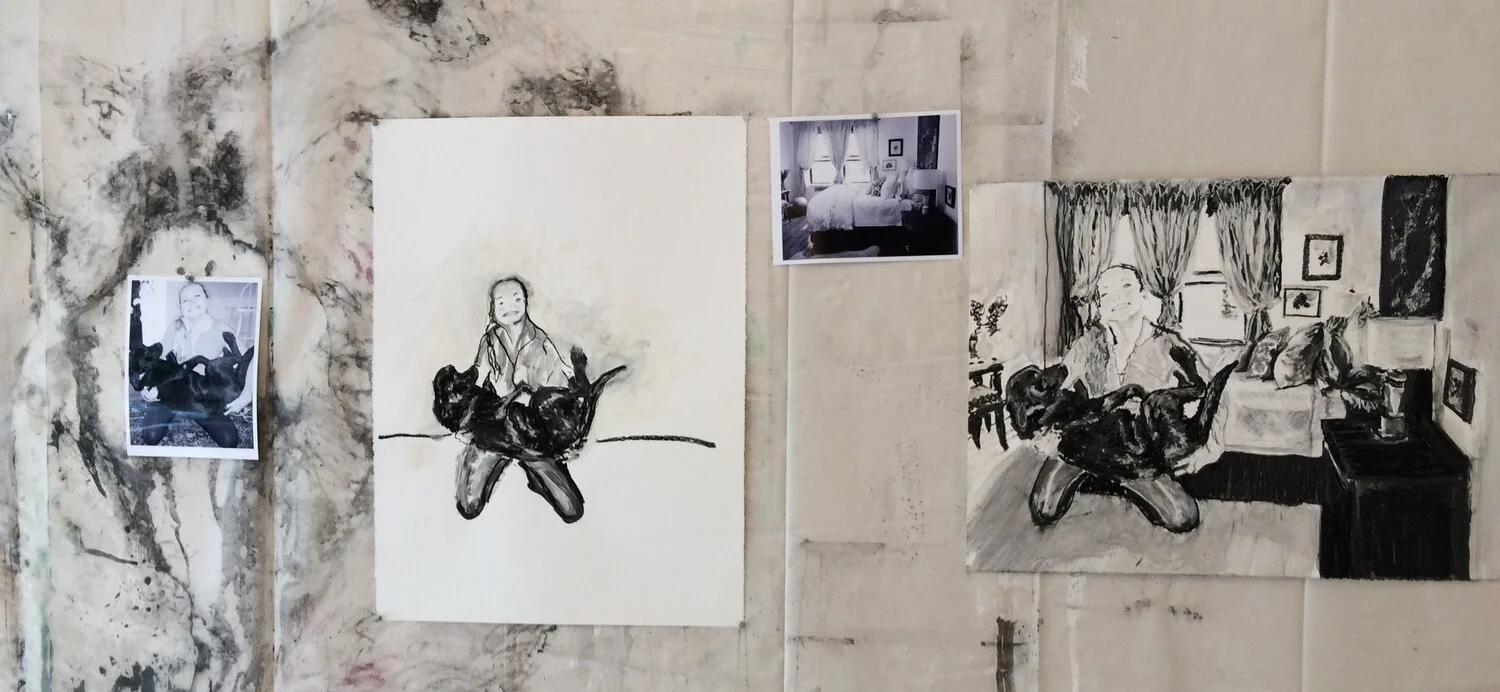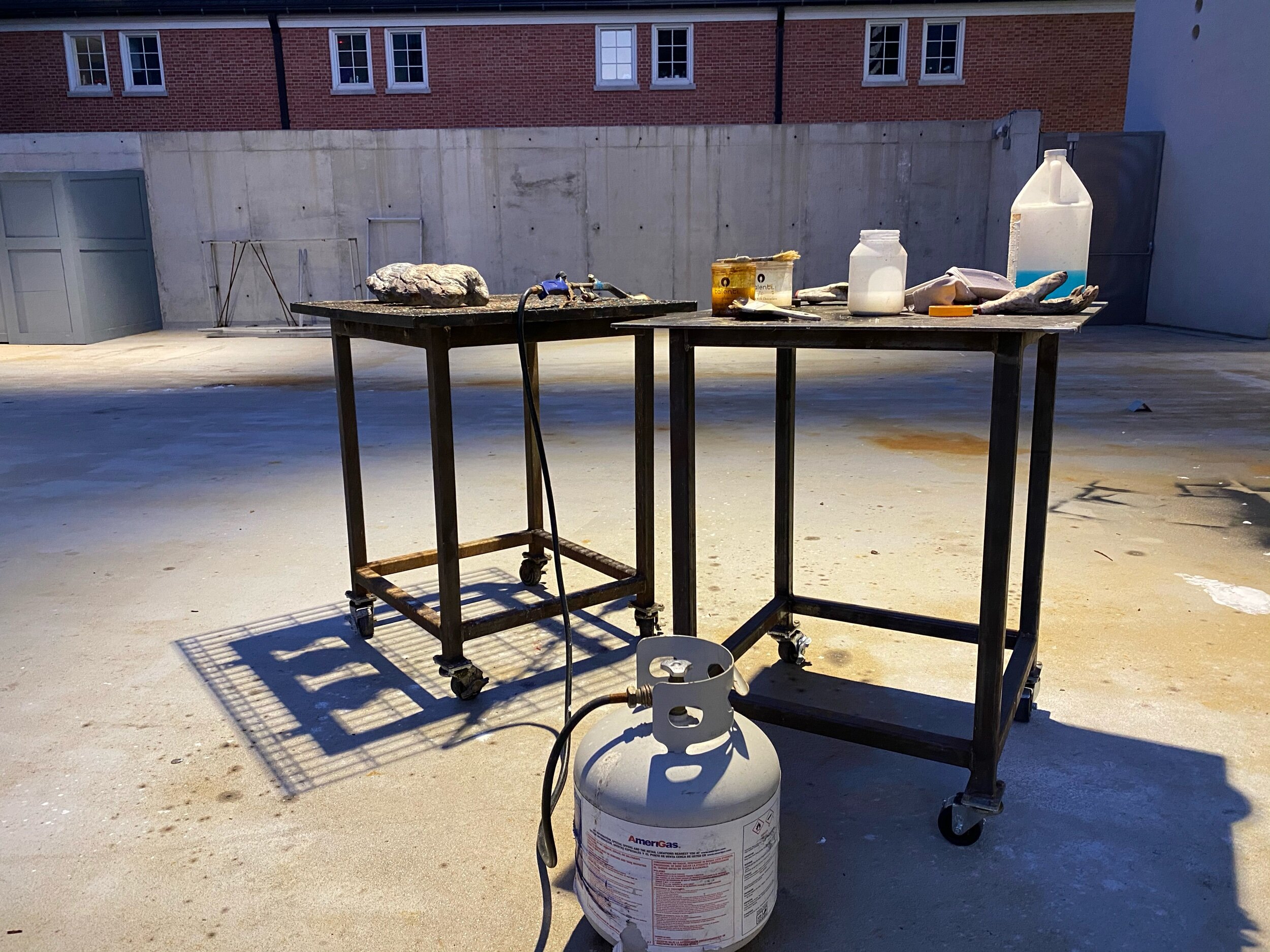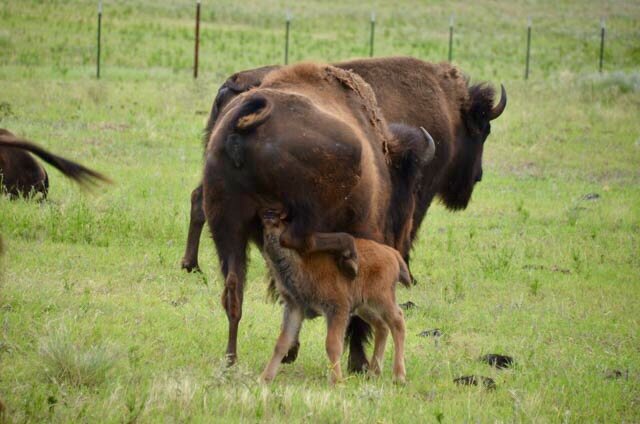Ready set torch
One for Griffin and Alex, one for Sage and Cameron one to $$$$
Each one us individually signed
I applied a darker patina on the chipped edge.
Your Custom Text Here


Ready set torch

One for Griffin and Alex, one for Sage and Cameron one to $$$$

Each one us individually signed

I applied a darker patina on the chipped edge.


A big shout out to @roamranch They are expecting 60 calves this coming spring. This past summer during my first visit to Roam I took this photo of the momma cow awkwardly nursing her bison calf. Watching the herd with the calves was a day I will always cherish. I have never shared this touching photo, I was saving it for something extraordinary. 60 cows with calves is pretty special. I could not be happier for Katy, Taylor, Julia, and Cody. I also want to thank them for sharing bison bob the @epicbar bison with me on Tuesday. Getting close up and learning about bison and their impact in regenerating overgrazed prairie has been a long-long time dream/goal of mine. Thanks to these good people and land stewards at Roam Ranch, things are falling in place to create a new body of art that looks at regeneration agriculture. #environmentalart #bison #bioart #gass #calves #sequestercarbon #mothers #ilovebison

Osmia Texana - The Berry Bee This frantic bee is about as big as a housefly. If you look at one with a macro lens you can see they are a beautiful metallic blue. The underside of their abdomen is a fuzzy pollen mop. These pollen magnets are the perfect shape to collect pollen from blueberries, raspberries, strawberries, melons, and veggies, to name a few. They are not picky pollinators.
A single Texana Bee frantically visits 20,000+ blossoms per day, whereas a honey bee visits 50-1000. They are not- aggressive and non-colonizing, solitary bees.
They emerge in the spring and have an average pollinating season of 6-8 weeks, after which they die. Their offspring will hibernate over the winter and emerge the following spring.
They are found on both the central and North American continent.

Watercolor monotype 44” X 30.”

The ghost
ps. I now have the equivalent of another silo full of work in my studio………. bursting at the seems. Anyone need a keystone animal environmental installation?

